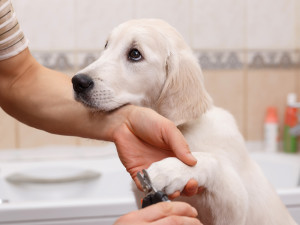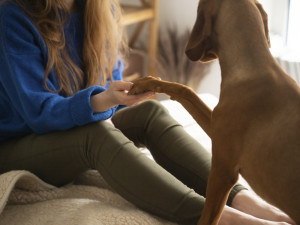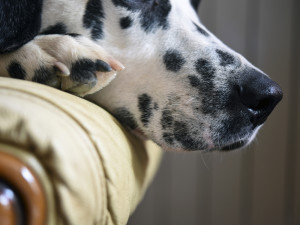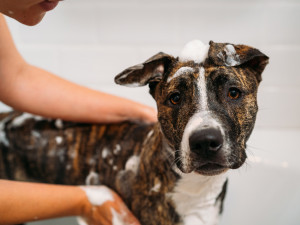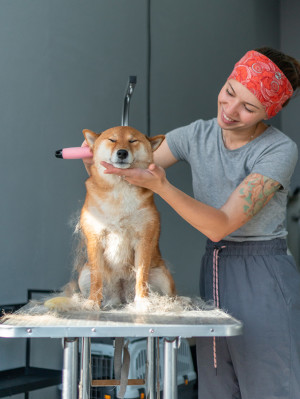Why You Should Trim Your Dog’s Fringe
Hint: they can’t see
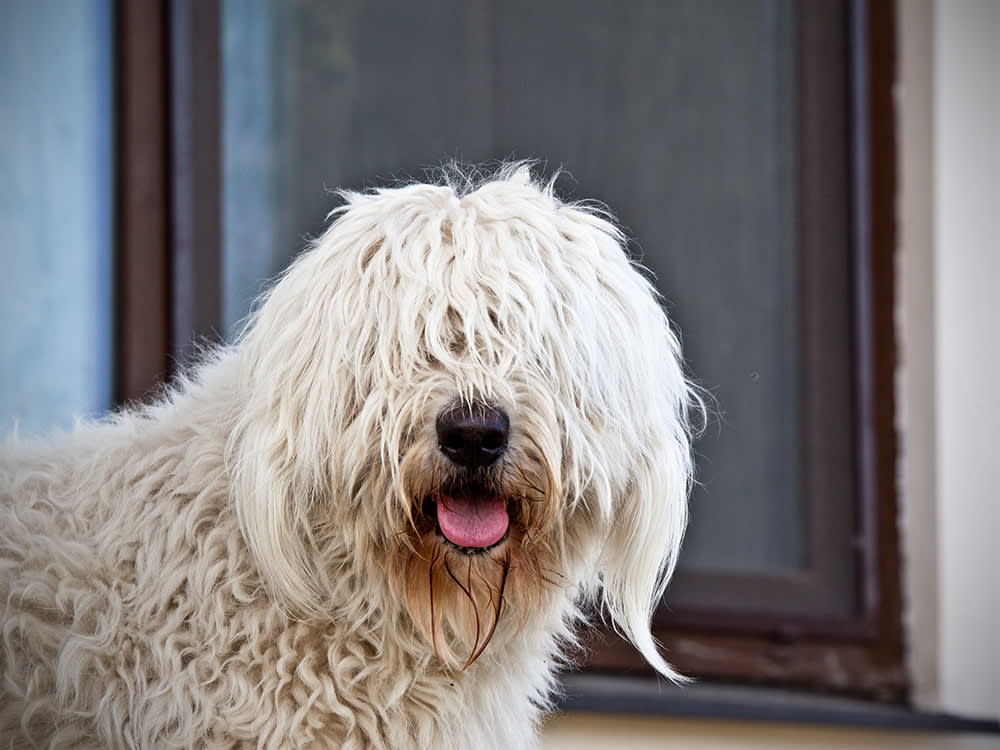
Share Article
Whether or not fringes are ‘in’ for dogs right now, many breeds have hair that grows over their eyes all year round. Some breed standards even specify that dogs should have a face covered in fur (the Old English Sheepdog’s breed description reads that they should have a ‘full skull of fur’, for example). Sure, their shaggy locks are enviable and lopping them off feels, just, wrong. But here’s the problem: they can’t see.
Common dog breeds with luscious facial hair include the Afghan Hound, Bearded Collie, English Sheep Dog, Havanese, Komondor, Lhasa Apso, Poodle, Puli and Skye Terrier. But, much like humans, these dogs can’t see through their thick fringes when they grow too long. Yes, they can use their nose and ears, but their other senses can’t ever fully compensate for the lack of vision, as so much information is only available through visual perception. Here are a few reasons why you should consider trimming your pup’s fur.

littleKin™ is Kinship’s home just for puppy and kitten parents. Bop over to check out expert advice, new pet tools, and special deals—all curated for your newest family member.
opens in a new tab1. To help their vision
Dogs can see much better when fur is not covering their eyes, which, you can imagine, allows them to navigate the world without confusion (and collisions). So much dog communication is visual, so that becomes an issue if their vision is not as clear as possible.
2. It can be stressful
For fearful dogs, in particular, the world is less scary and miscommunications less common when you are not taken by surprise – which is more likely to happen when you can’t see someone or something coming your way.
3. It can cause eye irritation
Another problem with having fur hang over the eyes is the risk that the fur can get into the eyes, which is very uncomfortable.
4. Even worse, potential eye damage
Fur can scratch their eyesopens in a new tab or cause an infection if left unclean, which is downright painful and can cause serious damage. Also, who doesn’t want to see a dog’s eyes?
If you’ve trimmed your own hair before and reckon you can give the DIY route a go, just make sure you use the right grooming tools and be cautious. If you don’t feel confident, seek the help of a professional groomer.

Karen B. London, PhD, CAAB, CPDT-KA
Karen B. London, Ph.D., is a Certified Applied Animal Behaviorist and Certified Professional Dog Trainer who specializes in working with dogs with serious behavioral issues, including aggression, and has also trained other animals including cats, birds, snakes, and insects. She writes the animal column for the Arizona Daily Sun and is an Adjunct Professor in the Department of Biological Sciences at Northern Arizona University. She is the author of six books about training and behavior, including her most recent, Treat Everyone Like a Dog: How a Dog Trainer’s World View Can Improve Your Lifeopens in a new tab.
Related articles
![A woman trimming a dog's nails]() opens in a new tab
opens in a new tabHow to Trim Your Dog’s Nails
Five simple steps for trimming your dog’s nails at home
![Spotted dog with a close up of his nose]() opens in a new tab
opens in a new tabWhat to Do If Your Dog Has a Cracked, Broken or Torn Nail
A vet explains when you can treat the injury at home – and when it’s best to seek professional help
![A dog getting a bath]() opens in a new tab
opens in a new tabHow Often Should You Wash Your Dog?
“If your dog is stinky or looks dirty, wash them!” Plus, more tips from LA dog groomer Jess Rona
- opens in a new tab
How Often Should You Groom Your Dog?
Just make sure you spell out ‘B-A-T-H’
